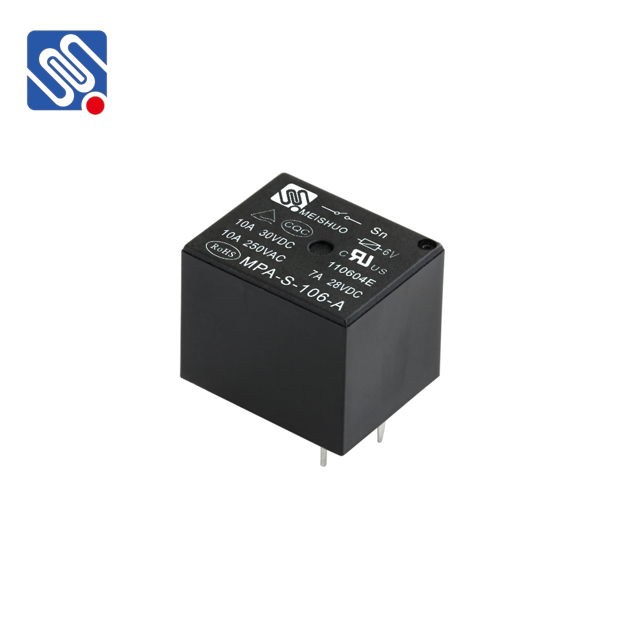understanding relay current rating and its importance in circuit design
Release time:2025-10-17 13:19:35
A relay is an essential component in many electrical and electronic systems, functioning as an electrically operated switch. Whether used in home appliances, industrial machinery, or automotive systems, relays are critical for controlling circuits. One of the most important specifications when selecting a relay is its current rating. This rating determines the maximum current that can safely pass through the relay’s contacts without causing damage, ensuring reliable operation. In this article, we will explore what relay current rating is, how it works, and why it is important in circuit design.

What is Relay Current Rating?
Relay current rating refers to the maximum amount of current that can pass through a relay’s contacts without causing overheating, damage to the contacts, or failure of the relay. This rating is vital because if the current flowing through the relay exceeds its specified limits, it can lead to several issues, including burned contacts, reduced performance, or even catastrophic failure.
The current rating of a relay can be broken down into two primary categories:
Rated Switching Current: This is the maximum current the relay can safely handle while opening or closing its contacts. It is typically specified under specific conditions such as the voltage level and the type of load connected to the relay. This is a crucial parameter for applications that involve switching high-power devices.

